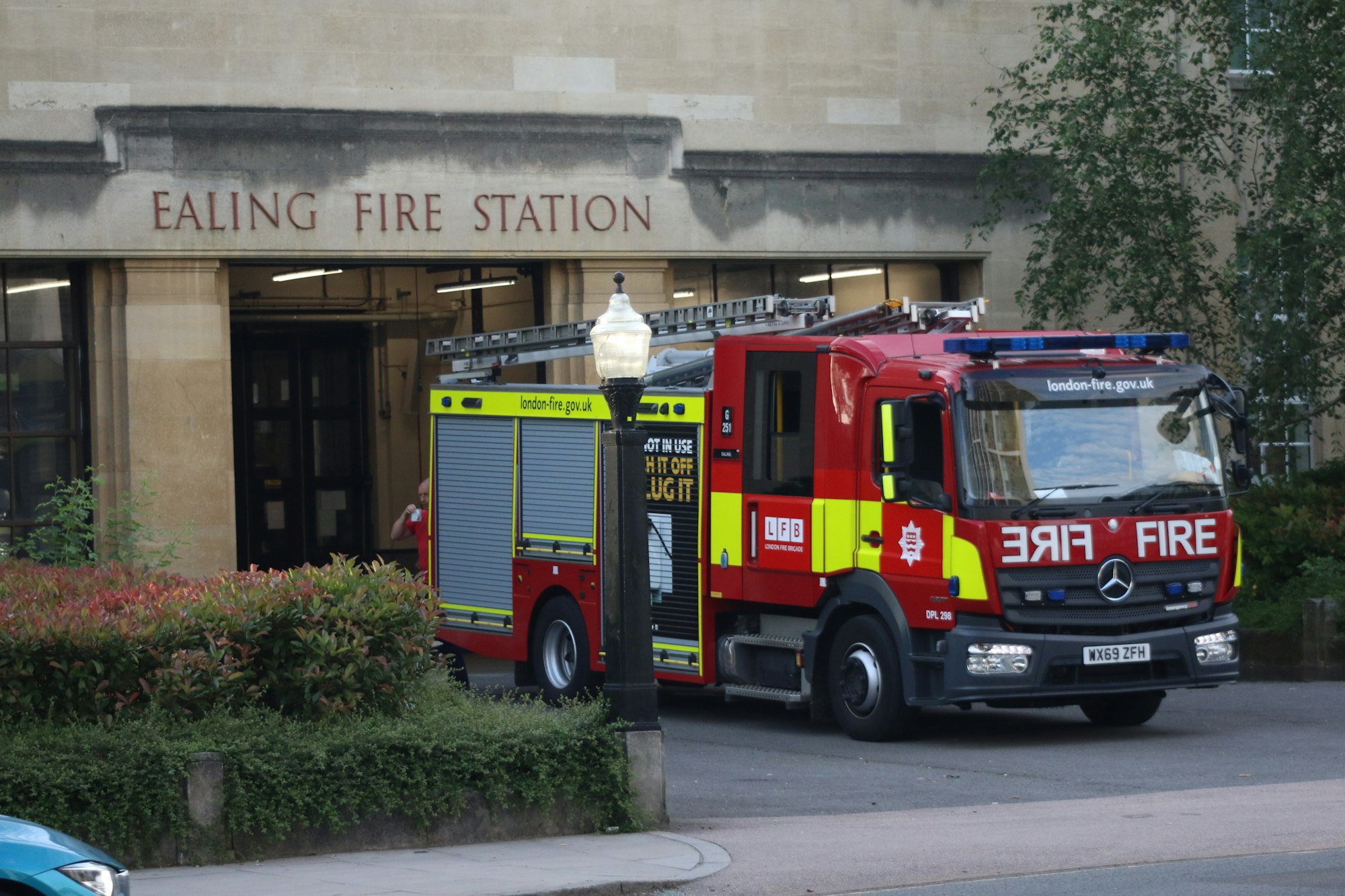Published 31 August 2020; updated 19 February 2021
Consultation is a key feature of implementing People Friendly Streets. Islington Council started an informal public consultation process via the Commonplace website back in May 2020, and are consulting various other stakeholders on a continual basis.
In particular, access for emergency vehicles is an understandable concern. However, the emergency services are statutory consultees which means they must be, and are, consulted before the schemes are put in and they can, and do, request changes before, during and after implementation of People Friendly Streets measures. Islington Council is listening to police, fire and ambulance service professionals, who have experience and expertise of all sorts of road schemes.
Taking the Waltham Forest scheme as an example, access for emergency services was a significant concern raised by residents during the initial engagement processes. Then, a year after the scheme was implemented, residents were surveyed again, and
Only four (0.3%) residents mentioned emergency service access as a problem.
The worry had almost entirely dissipated.
The Waltham Forest review paper quotes:
We have received a letter from each of the borough managers at the Police, Fire and Ambulance Service setting out their support of the objectives of the Mini-Holland programme, and ongoing commitment to work with us to deliver it.
and
The London Fire Brigade will agree a business plan for the next five years. One of the key outcomes will be to reassure Waltham Forest residents that all properties can be reached within six minutes by the first appliance in line with current targets. The London Fire Brigade support measures which will result in reductions in traffic or traffic collisions allowing quicker response times to emergency calls. The London Fire Brigade have continued to be part of the scheme development and delivery process, including responding to residents’ concerns. For example, a resident of Pretoria Avenue wrote to London Fire Brigade following an incident in the area outlining possible access issues for the emergency services. London Fire Brigade Officers visited the site and later reassured the concerned resident there were no access issues.
We have been told that delays in responding to fires, etc. are normally caused by GPS systems not being up to date, or by emergency vehicles struggling to get through heavy traffic. Once the vehicles are in Low Traffic Neighbourhoods they can move unhindered. Emergency services have generally been very positive about such schemes.
The The London Fire Brigade's statistics in this table make it clear that response times in Waltham Forest have actually improved by 25 seconds, almost 8%, since the implementation of the LTN there in September 2015:

February 2021: Freedom of Information responses definitively answer the question about the impact of LTNs on emergency services. The Guardian reported:
Low-traffic neighbourhoods, popup cycle lanes, widened pavements and other walking and cycling schemes introduced in response to the Covid-19 pandemic have not hindered ambulance response times, a series of freedom of information requests has revealed.
In their responses four ambulance service trusts – including London – expressed explicit support for active travel schemes. This FoI has definitively answered the question regarding the impact of LTNs on emergency services: "No Problem".
April 2021: The London Fire Brigade publish their Fire Facts - Incident Response Times annually. The report for 2020 includes:
…we haven’t yet noticed any impact on our attendance times due to the LTN schemes established in 2020; however, we will continue to monitor their impact at a local level. The attendance times to boroughs in inner London, where the majority of the LTNs seem to be, still remain quicker than those in outer London.
Sources
Fire Facts - Incident response times - 2019








